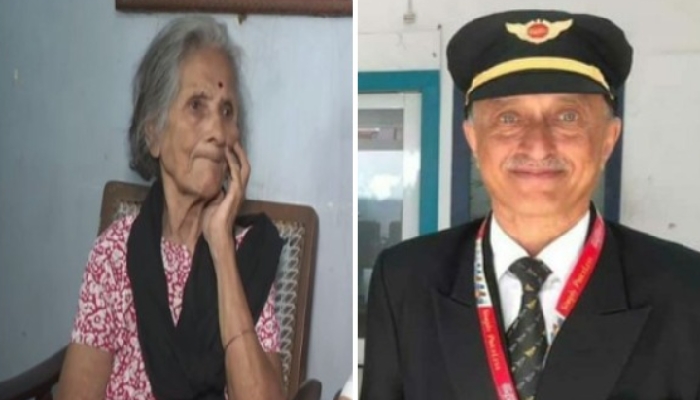Mumbai, Nov 11: Veteran screenwriter Salim Khan on Sunday reacted to Supreme Court's Ayodhya verdict by claiming Muslims should set up schools and hospitals instead of a mosque on the 5-acre plot given to the community as per the apex court order.
Screenwriter Javed Akhtar, who along with Khan, formed the legendary Salim-Javed pair, called for the construction of a charitable hospital with contribution from people of all communities on the plot.
The Supreme Court in a unanimous verdict on Saturday cleared the way for the construction of a Ram Temple at the disputed site at Ayodhya and directed the Centre to allot a 5-acre plot to the Sunni Waqf Board for building a mosque.
Khan (83), the co-writer of legendary movies like Sholay and Deewar, added it was good the issue had finally ended.
"Like a film, it has come to an end. It doesn't matter if you criticise it, call it good or whatever, it's the end. This was going on for years and was long-drawn, becoming more complicated than ever. The Supreme Court took time and gave a verdict. You cannot go on about it now," Khan told PTI.
"We have to offer namaz, but we can do it from anywhere, on train, plane, while travelling. All we need is a clean place. We don't need a masjid for that. Today's priority is schools, colleges, hospitals. We must look into that," he added.
"We must build schools, hospitals and colleges on the five-acre land. Our tall leaders will come from educational institutions. In fact, the first chapter of our Holy Book focuses on the importance of education," Khan stated.
He said the film industry did not have good writers because "no one reads books here anymore", stressing that "we need to change this".
His former writing partner Javed Akhtar tweeted, "It would be really nice if those who get the 5 acres as compensation decide to make a big charitable hospital on that land sponsored and supported by the people all the communities."






Comments
Hi,
Please give land back to govt we dont require charity .Muslim have enough money to buy 5 acers land.
we fought case not for 5 acers land.
Add new comment